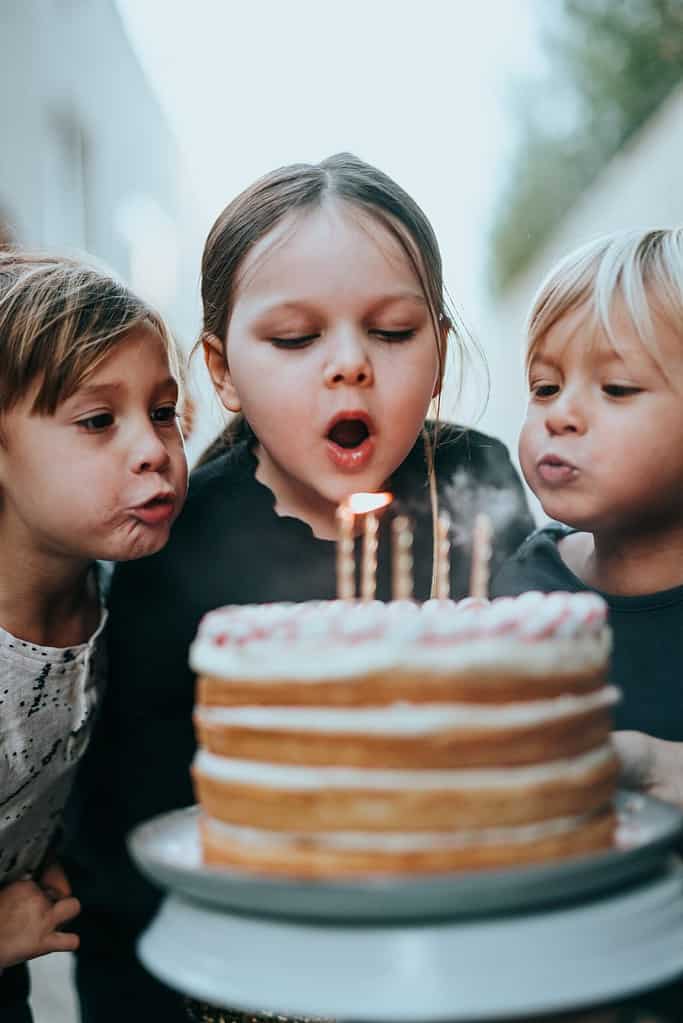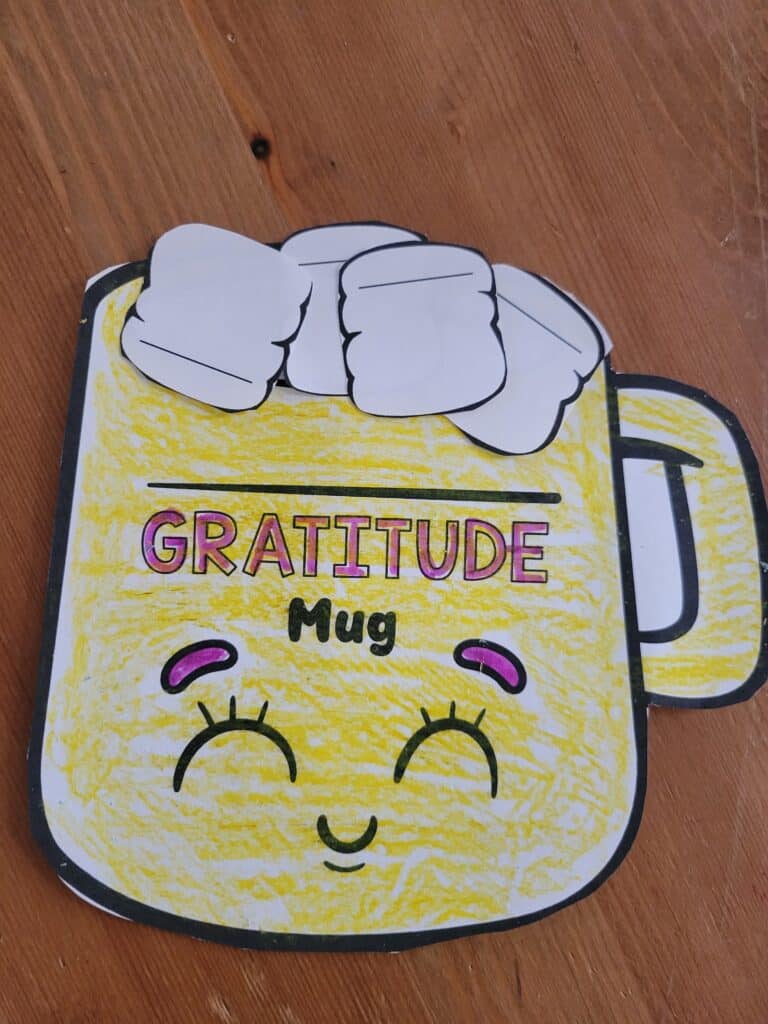Teach a Daily Gratitude Habit with 10 Fresh Ideas

Teaching your child daily gratitude can be a life-changing experience. When children learn to appreciate what they have, they become more confident, empathetic, and optimistic individuals. Gratitude helps children understand that they are part of a larger community and that their actions can have a positive impact on others. In this blog post, we will explore ten ways to help teach your child daily gratitude.
10 Daily Gratitude Habits
Lead by Example
One of the most powerful ways to teach your child about daily gratitude is to lead by example. When you express gratitude for the good things in your life, your child will naturally follow suit. Try to start each day by listing a few things that you are grateful for and encourage your child to do the same. This simple habit can help your child to focus on the positive aspects of their life and appreciate the good things that they have.
Start each day by listing three things you’re grateful for and make it a game for the whole family. Turn it into a “Grateful Jar” where everyone writes down what they’re grateful for and drops it into a jar. You can even make it a competition to see who has the most “grateful” items in the jar by the end of the month.
Encourage a “Can Do” Attitude
Teaching your child to have a “can-do” attitude is a key component of teaching them about daily gratitude. Encourage your child to focus on what they can do, rather than what they can’t do. This positive outlook will help them to see the good in their life and be grateful for it. When your child faces challenges, encourage them to look for solutions instead of dwelling on the problems.

Practice Acts of Kindness
Acts of kindness are a great way to teach your child about daily gratitude. Encourage your child to do something kind for someone else each day, such as helping a neighbor, writing a thank-you note, or volunteering at a local shelter. Need some ideas? Grab 100 ideas for random of acts of kindness for kids.
These simple acts of kindness will help your child understand that their actions can positively impact others, which in turn can lead to feelings of gratitude.
Express Daily Gratitude for the Little Things
It’s important to teach your child to be grateful for the little things in life. Encourage them to appreciate the small things, such as a sunny day, a good meal, or a kind word from a friend. When your child starts to focus on the small things, they will begin to see the good in their life and feel more grateful for it. They can even keep a journal of their daily gratitude practice. It can become a mindfulness activity that creates greater awareness for them.
Create a Gratitude Tree
One year, my family and I chose to take a small fallen tree branch and create a gratitude tree. What you do is you put the small branch (it should have a lot of other smaller twigs on it) in a mason jar of sand or gravel. It looks nicer if the gravel is white or colored. Then, add paper leaves the branches, but each leaf has something you are grateful for. This can be a daily gratitude practice for a specific period of time and then see how beautiful and colorful your tree becomes!
Teach Them to Give Back
Teaching your child to give back is a key component of teaching them about daily gratitude. Encourage your child to donate their time, money, or resources to help others. This could be anything from volunteering at a local food bank to participating in a charity walk. When your child experiences the joy of giving back, they will understand the power of gratitude in a deeper way.
Create a Gratitude Jar
A gratitude jar is a fun and simple way to help your child focus on the positive things in their life. Encourage your child to write down something they are grateful for each day and put it in the jar. Over time, the jar will become a visual representation of all the good things in their life, which can help to foster feelings of daily gratitude.
Create a Gratitude Board
Maybe you’ve heard of a vision board. Well, this is like that but with a twist. Instead of creating a board of images that capture your vision or dream of the future, help your child find images of things they’re grateful for. It will become a mosaic of all the good things in life that fill them with daily gratitude. That way, whenever they look at it, they will smile and remember all that is good in life.
Read Books About Gratitude
Reading books about gratitude is a great way to help your child understand the concept in a deeper way. Look for children’s books that explore the topic in an age-appropriate manner.
Encourage Them to Write Thank-You Notes
Writing thank-you notes is a simple but powerful way to teach your child about daily gratitude. Encourage your child to write a thank-you note to someone who has made a positive impact on their life. This could be a teacher, a friend, or a family member.
In conclusion, teaching your child the power of gratitude is an important aspect of parenting that can have a lasting impact on their life.
When I was a kid, my mom used to make me write down three things I was grateful for every night before bed.
At first, I was like “Ugh, do I really have to do this?” But, as time went on, I started to see the beauty in the simple things.
The warmth of the sun on my face, the laughter of my friends, the love of my family.
Suddenly, I was grateful for everything! And that feeling, let me tell you, is a good one.
Now, I’m not saying you have to make your kids keep a gratitude journal (although, it wouldn’t hurt!).
But, there are plenty of other fun and creative ways to teach your kids about gratitude. Use your imagination!
With a little bit of humor, creativity, and personal touch, you can teach your kids to appreciate the simple things in life and be grateful for every moment.
And, who knows, maybe they’ll even thank you for it one day.







